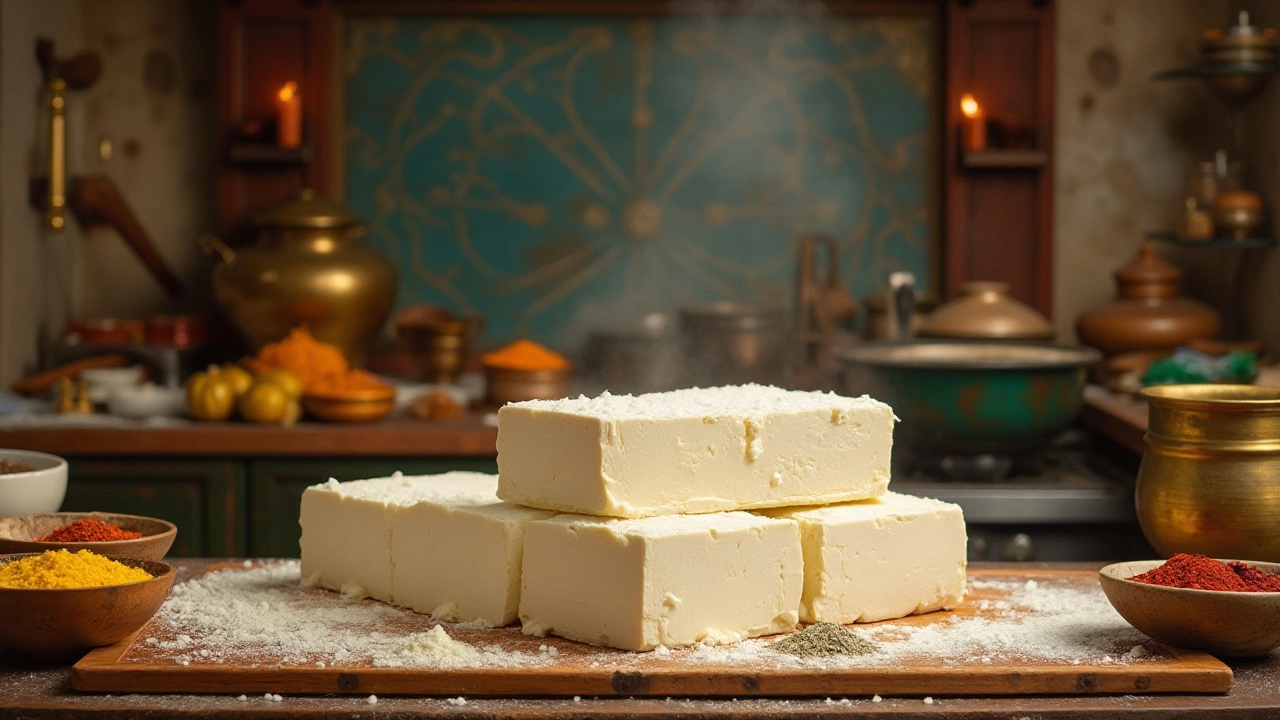Dairy Disadvantages: What You Need to Know
If you reach for a glass of milk every morning, you might think it’s all good for you. But dairy isn’t a one‑size‑fits‑all solution. Lots of people hit road bumps like bloating, breakouts, or even heart issues after drinking it. Below we break down the most common problems and give you easy ways to cut back without feeling lost.
Common Health Issues with Dairy
First up, lactose intolerance. If your stomach gurgles, cramps, or you end up at the bathroom after a latte, you’re probably missing the enzyme that breaks down lactose. About 65 % of the world can’t fully digest it, and the symptoms can range from mild to seriously uncomfortable.
Next, dairy can stir up inflammation. Some research links the saturated fat and certain proteins in milk to higher levels of inflammatory markers. That can mean slower recovery after workouts, joint stiffness, or even a higher risk of chronic diseases over time.
Skin‑savvy readers notice that dairy often shows up on the list of acne triggers. Hormones and sugars naturally present in milk can spike insulin, which can increase oil production and lead to breakouts, especially on the back and chin.
Don’t forget the hidden sugars. Flavored yogurts and sweetened milks can contain as much added sugar as a soda. Consuming that regularly fuels weight gain and can mess with blood sugar control, which is a big deal for anyone watching their carbs.
Finally, there’s the environmental angle. Producing dairy uses a lot of water, land, and generates methane gas. If you’re eco‑conscious, cutting back on dairy can lower your carbon footprint without huge sacrifices.
Alternatives and Simple Swaps
Switching doesn’t mean giving up creamy textures. Almond, oat, and soy milks work in coffee, cereal, and baking. They’re low on calories and free from lactose, plus many brands add calcium and vitamin D to match dairy’s nutrient profile.
If you love cheese, try nutritional yeast or plant‑based cheese slices. They give a cheesy flavor without the saturated fat. For yogurt cravings, coconut‑based or almond‑based yogurts have a similar tang and can be topped with fresh fruit for extra fiber.
When a recipe calls for butter, consider using coconut oil or a blend of olive oil and applesauce. It reduces saturated fat while still delivering richness. And if you need a protein boost, beans, lentils, or tofu provide the amino acids you’d get from milk‑based cheese.
Gradually reduce dairy rather than cutting it out cold. Start by swapping one milk‑based drink a day for a plant alternative, then move on to dairy‑heavy meals. Your gut will thank you, and you’ll discover new flavors along the way.
Bottom line: dairy isn’t evil, but it does have a list of drawbacks that many people overlook. Knowing the signs and having easy swaps ready lets you enjoy food without the side effects. Give the alternatives a try and see how you feel – you might be surprised by the boost in energy, clearer skin, and lighter digestion.
Understanding the Downsides of Consuming Homemade Paneer Daily
Paneer, a fresh cheese common in Indian cuisine, is a popular choice for its creamy texture and high protein content. While delightful and versatile, eating paneer every day might not be the best idea for some people's diets. Regular consumption can pose challenges such as increased calorie intake, high levels of saturated fat, and potential digestive issues. Understanding these downsides can help you make more informed dietary choices when including paneer in your meals.
